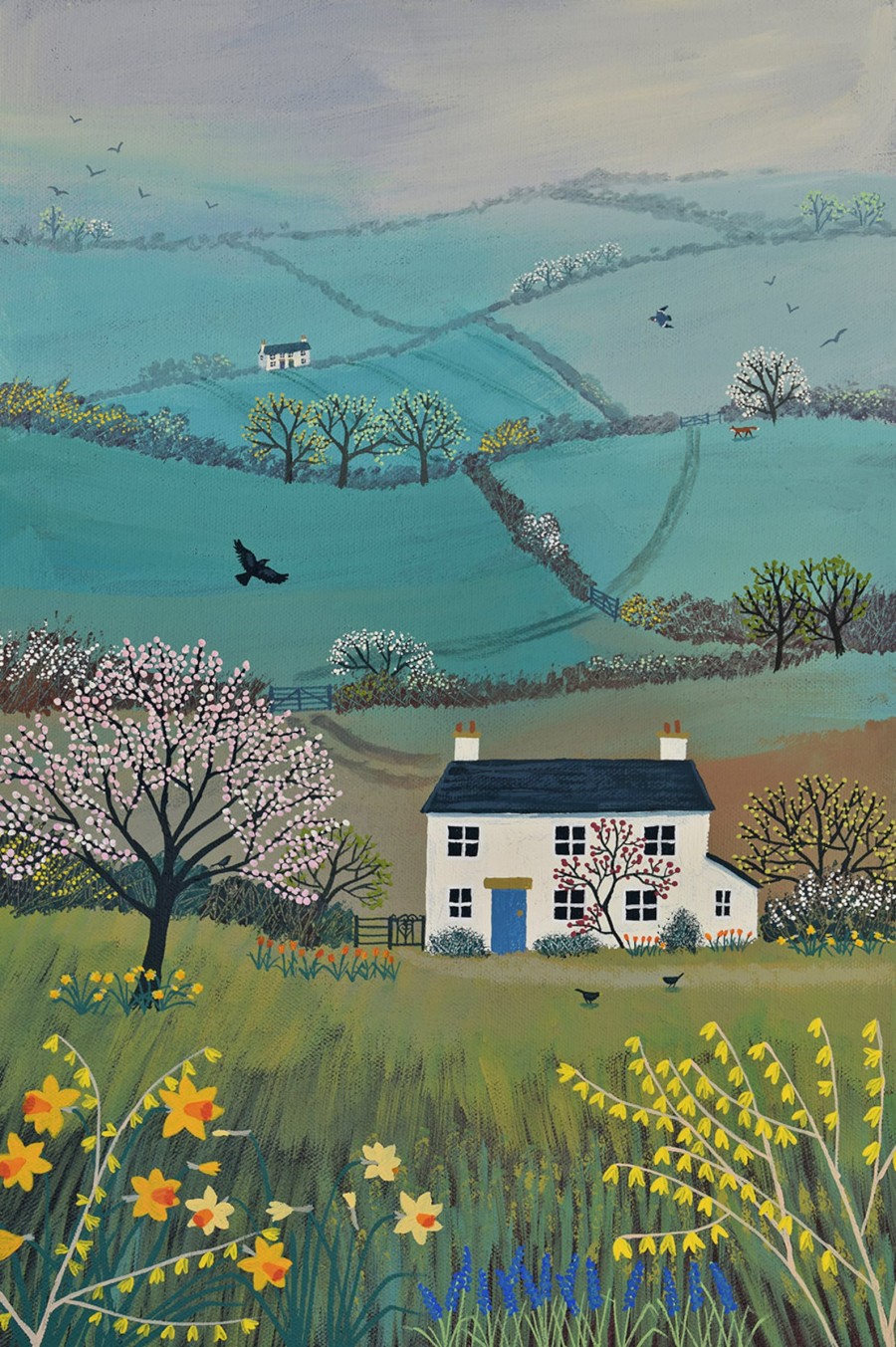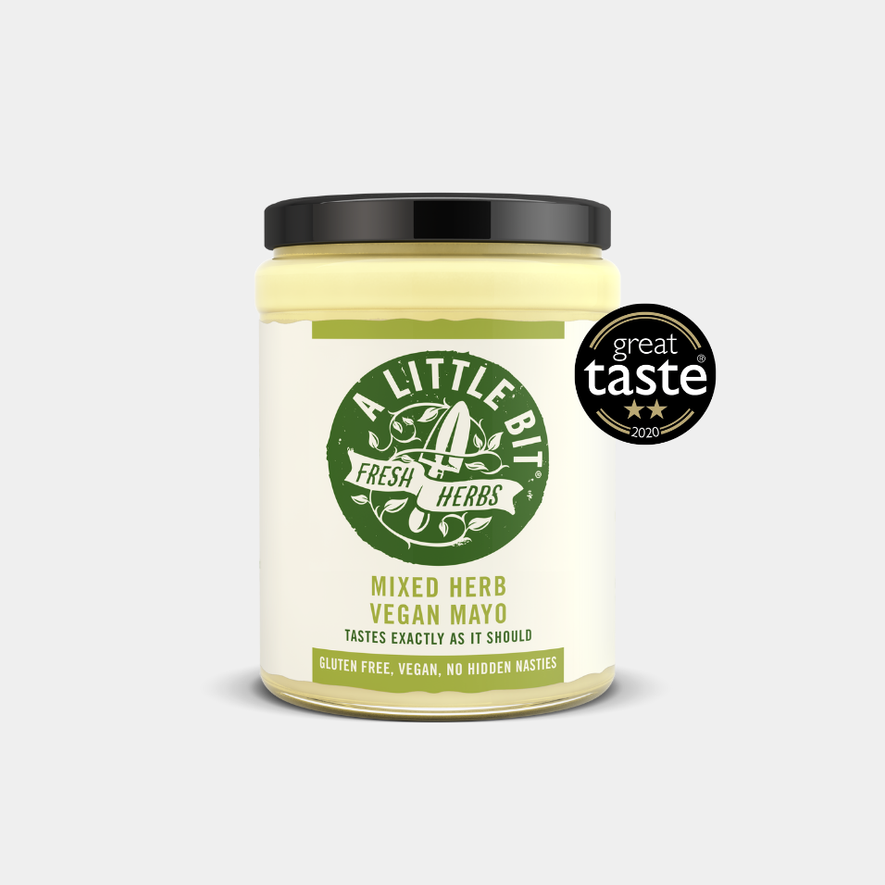
New England is obviously named after the travellers from Plymouth, who first settled there to gain religious freedom. There are several cities here that have the same names (there’s also a Plymouth, Portsmouth and New London!)
The very obvious question we have to ask in England, is why the New England states look more like we mostly believe England should? In most New England states, you can find forested parks, pretty churches with steeples, indie shops and cafes, tree-lined avenues and hiking trails. Yet in the real England (i.e here) often major towns are just litter-strewn towns filled with chain store cafes and fast-food restaurant, out-of-town retail parks and traffic jams.
There are pretty sailing harbours and nice towns with indie shops, and a quiet elegance that you don’t find elsewhere in the US. It’s fairly liberal in its politics (interestingly, states like Texas that use the death penalty have more crime than here, where most people are firmly against). People think that’s more to do with preventive crime which involves people having nice lifestyles, rather than getting tanked up on drink and drugs and going on shooting sprees etc. There are 6 New England states, several border the Canadian French province of Quebec:
the six states of New England

Connecticut is a small state with rolling mountains, and faces the Atlantic coast. Towns (many very wealthy like Westport) centre around small parks, often with white churches and falling leaves. However warmer temperatures due to climate change are bringing increasing number of ticks and flooding by the coastal marshes, with rising sea levels.
Maine is the largest state (making up almost half of New England) which relies heavily on tourism to its coastal villages and cities (Portland and Augusta). The Sunrise Guide is a coupon book that sells itself due to containing thousands of dollars worth of money-off coupons for small green shops and services, with fundraising opportunities for local schools. Local green campaigner Amara Ifeji says her favourite place in Maine is Chick Hill, which ‘in the fall with the foliage, kind of looks like a Bob Ross painting’.
Massachusetts is home to the city of Boston (Native American for ‘place with hills’). This is where the pilgrims landed from England and is indeed named after the Lincolnshire town. Home to many prestigious universities, it was also where the anti-slavery movement began. Home to the USA’s oldest park and subway, over 15% of Bostonians walk to work (more than anywhere in the USA).
Its nickname is ‘Beantown’, due to being the beginning of baked beans – haricot beans in tomato sauce. However there is a tragic history back from 1919, when a storage tank of 2 million gallons of molasses burst and the hot syrup flowed through the town killing 21 people, many horses and also injured several people. Although molasses spills are easier to clean up than oil spills, as an unregulated product, molasses spills can cause great damage. A spill in Honolulu in 2013 killed over 26,000 fish and 17,000 corals (one diver sent to examine the seabed said ‘The entire bottom is covered with dead fish – small fish, crabs, mole, crabs, eels. I didn’t see a single living thing underwater’.
New Hampshire is a small state, with the flower and bird emblems being the lilac and purple finch. It’s home to lakes and mountains, autumn leaves and is the first state to vote in Presidential primaries.Mount Washington holds the record for the highest measured wind speed (excluding tornadoes and tropical cyclones).
Rhode Island is the smallest US state, known for its beautiful bays and waterways and the city of Providence. Despite its size, Newport has over 400 miles of coast, and 21 lighthouses (one is named Ida Lewis, after a woman who took over duties when her father had a stroke, and saved at least 18 people).
Vermont is known for producing the best maple syrup. It has over 800 lakes and ponds, more than 7000 miles of rivers and streams and over 200 mountains. It’s also home to thousands of black bears and moose (just like Sweden!)
East Coasting is a beautifully illustrated guide to New England, getting to know this historic county for visiting or to inspire for the real England! From Connecticut to Maine and inland destinations in Vermont and New Hamsphire, the book also includes weekend trips to the Berkshires (a rural mountain region of pretty villages and towns) and even crosses the border to Canada’s Nova Scotia. Find museums, bookstores, foodiers and ferry rides, or admire the changing leaves of New England trees. Or enjoy a beautiful snowy day.
Many US states protect their forests and wildlife more than we do. The states of Virginia and West Virginia have similar climates to us but retain parks and historic buildings (and their deer and bottlenose dolphins have gone from endangered to thriving). 62% of Virginia is made up of hardwood broad-leaved trees and you’ll also find rare wildflowers, big-eared bats and black bears roaming the mountains. The city of Richmond is looked after lovingly by residents and government. No chopping down forests or old buildings here! This is the home of the Blue Ridge Mountains (from the song The Trail of the Lonesome Pine – Stan Laurel was from Cumbria).






